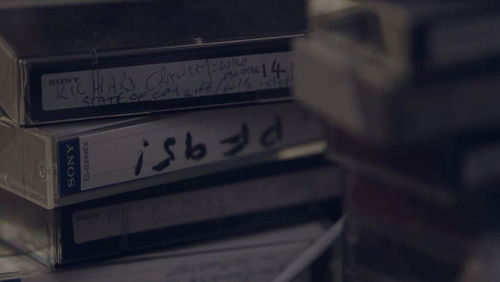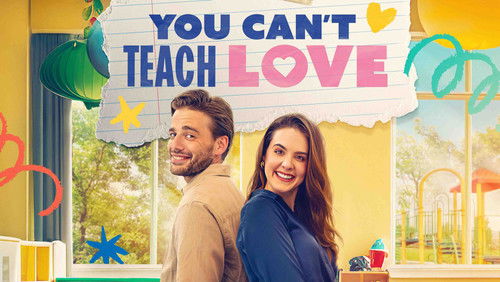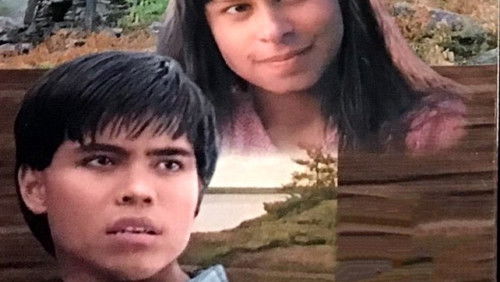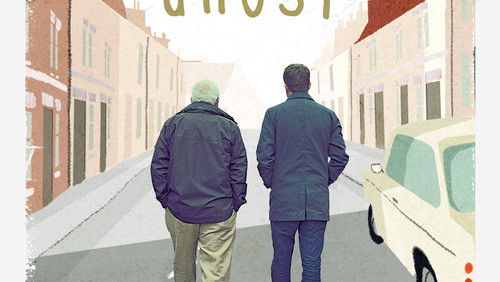Agneepath (1990)
69KAgneepath (1990). 2h 54m | Not Rated
“Amitabh Bachchan has always been highly respected and critically praised actor in the Indian film industry. Ever since his breakthrough in Prakash Mehrau0026#39;s Zanjeer (1973), Amitabh had become a personified leading man (prior to which he was mainly a strong supporting-actor with films like Saat Hindustani and Anand, for which he had won awards for his performances). But it was his charismatic turn in Zanjeer that established Bachchan as the Angry Young Man of Bollywood cinema – following up with the blockbusters Deewar, Trishul, Kaalia, Laawaris, Shakti throughout the 1970s and 80s.u003cbr/u003eu003cbr/u003eThe late 1980s were not so smooth in terms of career, with average fairers like Toofan and the box-office failures Ganga Jamuna Saraswati (1988), Main Azaad Hoon and Jaadugar in 1989, Bachchan needed a comeback.u003cbr/u003eu003cbr/u003eProlific Hindi filmmaker Mukul Anand had cast Amitabh in Agneepath – which was released in 1990 to critical and commercial success. The film sees a young boy named Vjay (child actor Master Manjunath), living a simple, peaceful life in the village Mandwa. His father Master Dinanath (Alok Nath) is an honest and truthful school teacher, who has always taught his son that the path for honesty is a tough and challenging route; a path of fire (literal translation of the film title), but whoever does travel the Path of Fire, no challenge would be an obstacle for that person. Master Dinanath is highly respected and much loved in Mandwa, as he intends to improve conditions of the village step-by-step. But not everyone wants to follow the wisemanu0026#39;s path to prosperity – Local Landlord Dinkar Rao (Goga Kapoor), sees an opportunity to make it rich by selling the village Kancha Cheena (Danny Denzongpa) – a rich, ambitious and ruthless drug-lord. Who wants to make the village a port for narcotics,since it does not appear on the Indian map and is only a stones-throw away from Bombay City (now Mumbai). The only way they could succeed is by ridding the village of Master Dinanath, after being framed for adultery, Master Dinanath is mercilessly beaten to death by the villagers, and his son Vijay is left as the sole breadwinner for his mother and younger sister.u003cbr/u003eu003cbr/u003eUpon leaving Mandwa for Bombay – the young Vijay swears to give the village back to his mother. Once entering Bombay, Vijay and his family endure poverty, from sleeping on the streets, becoming a shoeshine and also witnessing his mother being taken advantage of. After retaliating against local goons by burning a petrol pump, his reputation as a hardknock is established and he is taken under by 4 rival gangsters of Kancha Cheena. Vijay grows up to be a key figure of Bombayu0026#39;s underworld (now played by Amitabh Bachchan), but also known as Vijay u0026#39;Bhaiu0026#39; (meaning u0026#39;Donu0026#39; or literally u0026#39;Brotheru0026#39; Vijay) by the poor for his good deeds and charity. Once surviving an encounter with death from his 4 bosses, Vijay exacts his revenge one-by-one and also getting closer to drug-lord Kancha Cheena. He befriends a street vendor Krishnan Iyer MA (Mithun Chakraborthy), who then is given the job to protect his younger sister Siksha (Neelam), and the two become romantically involved. As he delves deeper into the life of crime, Vijay takes the opportunity exact revenge against Kancha and the people responsible for his fathersu0026#39; death.u003cbr/u003eu003cbr/u003eMany comparisons have been made with Agneepath and Brian De Palmau0026#39;s Scarface (1983), saying Agneepath is a remake of De Palmau0026#39;s crime epic. But this is absolutely not the case. As some scenes do resemble hints of Scarface (i.e. Vijay killing 2 of his bosses in a Police station lock-up, the meeting between Vijay and Kancha) even the use of Grigio Morodersu0026#39; score (in the re-dubbed version with Amitabhu0026#39;s regular voice), other than that the film itself is a completely different story. If anything the film draws similarities to Amitabhu0026#39;s own classic Deewar from 1975, about the rise and fall of a rags-to-riches gangster. The film itself was inspired by the life of Indian gangster Manya Surve; who was shot to death by a police encounter in 1982. Amitabh used many of the late gangstersu0026#39; mannerisms, the way he sits and even his voice (in the original version of the film). Plot-wise the film is familiar territory for Amitabh, but what excels it above many Indian crime thrillers of that era is the outstanding performances from Amitabh – whose eyes just express the emotions and thoughts of the character and villain Danny – a very hard negative performance to top.u003cbr/u003eu003cbr/u003eThe film is well-directed as is the cinematography, the violence is not glamorised but rather shown in realistic context which can be gruesome and gritty as well. The best cinematography in the whole film is during the filmu0026#39;s finale – where Vijay runs through fire and faces his nemesis. The music used throughout a lot of the film and the finale is from French composer Jean Michel-Jarreu0026#39;s u0026#39;Second Rendezvousu0026#39; and u0026#39;Third Rendezvousu0026#39; albums, as well as Hans Zimmersu0026#39; score to u0026#39;Black Rainu0026#39; (1988). The performances of the main players as well as strong supporting cast make this an unmissable piece of Hindi cinema. As it was the first Hindi film which saw gangsters wearing Ray Ban sunglasses, driving Bentleyu0026#39;s and living in exotic locations. Dialogue by Kader Khan is also a driving force as many quotable lines are mentioned in this film.u003cbr/u003eu003cbr/u003eOverall the film is a brilliant attempt as performances, dialogue and cinematography make it a great example of Bollywoodu0026#39;s best actor at his finest.”









